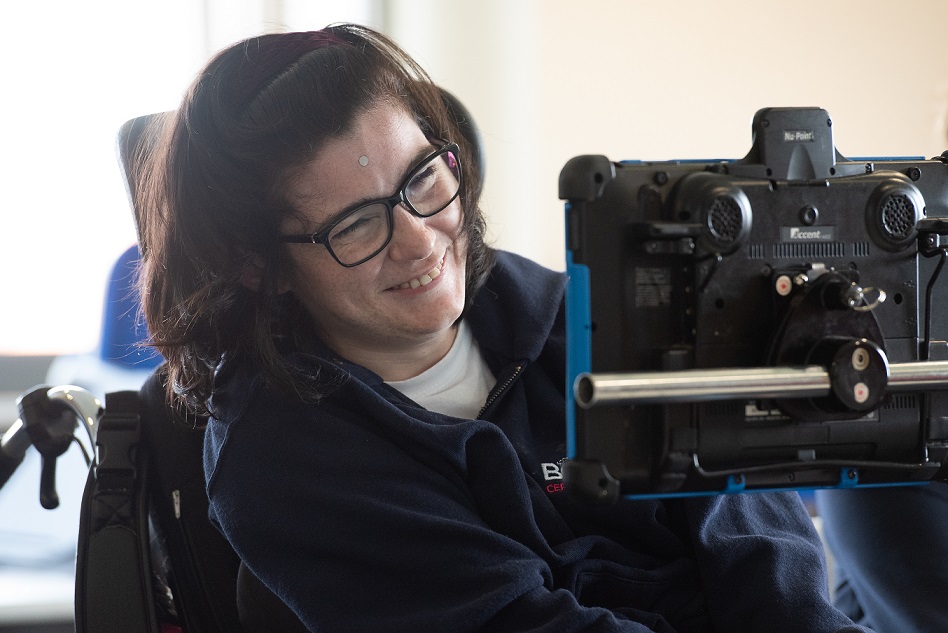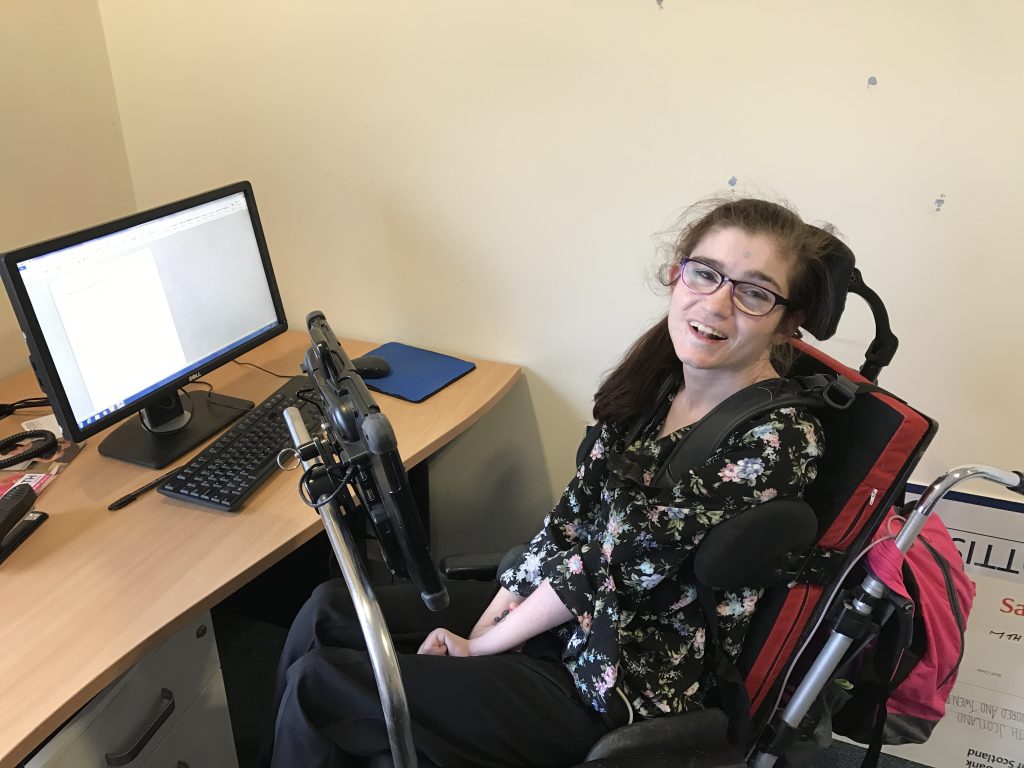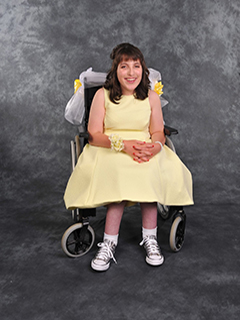by Bernie Hunter
Finding the perfect present to buy anyone can be a struggle but what if you are buying for somebody who has got additional needs? In this blog, I will explain why it is so challenging to find accessible gifts.
Shopping for presents is a big task that requires a lot of thought, but if you are buying for your family member or friend who has cerebral palsy it is totally different. Children love new toys, but some toys are hard to play with if you have cerebral palsy.
Think about a simple toy such as a musical teddy bear that you press a button on the bear to make it sing. But not everyone can press a button as cerebral palsy can affect hand movements, which means that the child has to rely on other people to press it for them and that is no fun.
Buying gifts for adults with cerebral palsy can be hard too, as it needs to be a product that they can manage to use. Slippers are an example of an unsuitable gift, as they just fall off your feet every time you move. Even in your chair they slip all over the place, so I personally prefer slipper boots or cosy socks.
There are not many accessible presents available to buy in shops, so the best option is usually to do some research and see what is out there. I really would like to see shops selling an accessible range of gifts because it is very important that children and adults receive presents that they can easily use.
I would love to hear if you have bought or received any great accessible gifts. Let us know by getting in touch on Cerebral Palsy Scotland’s Facebook page.






 “I was born 10 weeks premature and I have Spastic Diaplegia. I would say it’s quite mild. It’s walking that affects me, balance, co-ordination, that sort of thing. My arms were affected when I was growing up, but my arms are fine now.
“I was born 10 weeks premature and I have Spastic Diaplegia. I would say it’s quite mild. It’s walking that affects me, balance, co-ordination, that sort of thing. My arms were affected when I was growing up, but my arms are fine now.